The story of the Revolutionary War redoubt, Fort Defiance has been told in the pages of this newspaper before, so while it isn’t necessarily worth retelling the story of the role it played in the early days of the Revolution, it might be worth visiting its more recent past – that is, the curious tale of it’s debated location.
Van Dyke and Conover
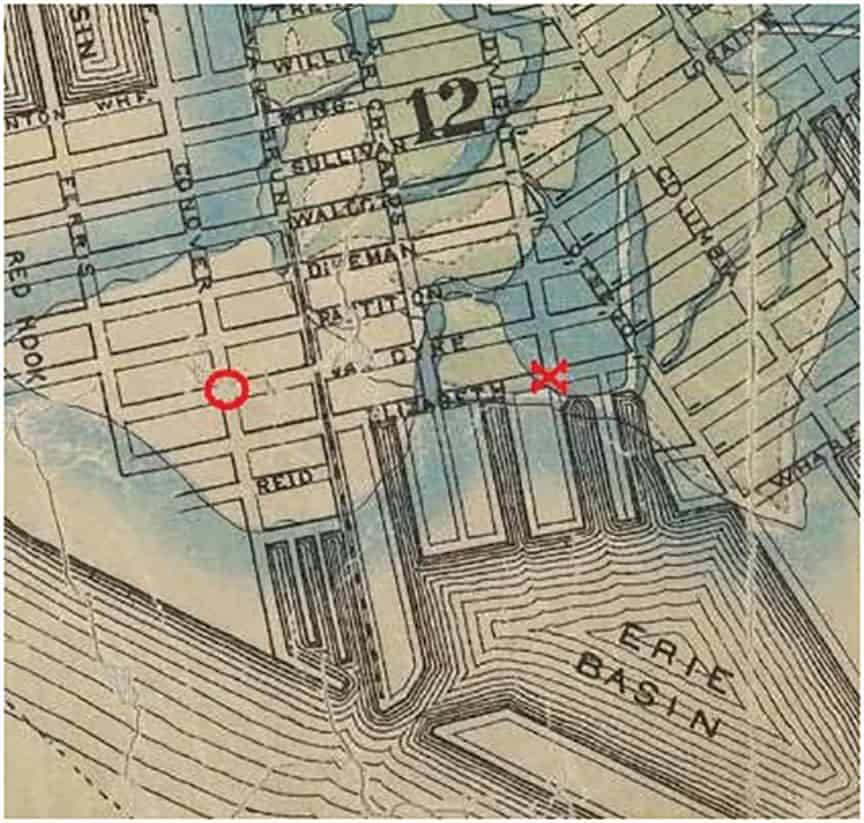
For many years, historians were remarkably consistent in recording the Fort as having been in the approximate location of the intersection of Van Dyke and Conover Streets. These include men who were writing when the Revolutionary War was still within living memory, or just a generation or so out of it in the 1850s and 60s. Writers like Henry Stiles, Thomas Warren Fields, and Gabriel Furman, whose histories of Brooklyn are still used by academics today all agreed on this location.
However, for some reason in the middle of the 20th century, people started recording the location as having been at Dwight and Beard Streets. The change occurred quietly, but it nonetheless occurred, and most books written between 1950 and 2010 are consistent in recording that as the Fort’s location. There is no point in arguing the location of the fort today – it was indeed in the proximity of Van Dyke and Conover – but why the change?
On August 27, 1952, the 176th anniversary of the Battle of Brooklyn, Brooklyn Borough Historian James Kelly placed a bronze plaque on the wall of a red brick building owned by the Todd Shipyards Corporation, at the corner of Dwight and Beard Streets. Kelly had been appointed Borough Historian in 1944 and was passionate about Brooklyn history.

He did much to educate the community about their shared history and encourage a feeling of public ownership of Brooklyn’s rich and storied past. One thing he did to promote historical awareness was to place markers at historically significant locations around the Borough, such as the birthplace of Winston Churchill’s mother and the final resting place of the Marylanders who sacrificed themselves for Washington’s army during the Battle of Brooklyn.
One speaker at the unveiling was Harry G. Hill of the Todd Shipyards Corporation Board of Directors, who praised Kelly’s “happy circumstance” of locating the historic site. What was the “happy circumstance” that ledKelly to locate this historic site? Had he found new evidence that disproved the Conover/Van Dyke location? Whatever this “happy circumstance” was, it would have to have happened sometime between August 1951 and March 1952.
In 1951, to commemorate the 175th anniversary of the Battle of Brooklyn, the Brooklyn Daily Eagle ran a series of stories that “reported” the events of the British and Hessian invasion of Long Island and the battle that followed, all in first person present tense. In the August 22 issue, an article discusses some of the American fortifications, including Fort Defiance, describing it as being “on a small Island just off shore (about at the foot of Conover and Van Brunt Streets.).”
On the same page just a column or two over, is an article entitled “James A. Kelly, Boro Historian, Aids in Articles” accompanied by a photo of the man himself.
The article begins, “In the preparation of this series, the Brooklyn Eagle and the author have leaned heavily upon Borough Historian James A. Kelly.” It goes on to praise his knowledge of local history and his extensive collection of historical documents. Less than a year later, in March of 1952, Kelly announced that he would be placing the Fort Defiance plaque at Dwight and Beard Streets.

Daily Eagle battle
While the battle at Fort Defiance, undoubtedly took place in Red Hook, the Battle over where the Fort was located began playing out in the pages of the Brooklyn Daily Eagle. A month after the plaque was installed a Letter to the Editor appeared in the Eagle.
George J. Bruhns had read the August 28 story about the plaque and wrote to dispute the accuracy of Kelly’s chosen location. His contentions were based not on academic studies, but on his own personal experience. Bruhns had grown up in Red Hook in the 1880s and knew exactly what the area looked like before the street grid demolished any and all physical evidence of the original landscape.
Bruhns wrote, “With due respect for James A. Kelly, Borough Historian, I doubt very much that the plaque was placed where it belonged… I cannot conceive of any Army engineers erecting a fort on boggy swampland, especially at a place that would command the entrance of Buttermilk Channel. Heavy gun emplacements require solid ground.”
Specifically Mr. Bruhns describes the location of Mr. Kelly’s plaque as it appeared in the 1880s, recalling, “Salt tidewater covered the land now bounded by Dwight St. to Columbia St. and from Lorraine St. to Elizabeth (Beard St) except a diagonal piece of high ground starting at Dwight and Van Dyke and running diagonal to the entrance of the Long Dock, Edner’s Spar Yard.” This diagonal piece of high ground was very likely what remained of the earth berm that had enclosed Van Dyke’s millpond, separating it from Gowanus Bay. The 1874 Naval coastal survey below closely resembles what Bruhns describes. The future location of the plaque, just offshore, is marked with a red “X”.
It didn’t take Kelly long to fire back. Two weeks later, his response appeared in the same section of the Eagle, entitled, “Maps Show Fort Defiance Was Built on Solid Upland.” In it, Kelly dismisses Mr. Bruhns’ comments as “hearsay evidence” and defends his position, saying “the maps on file at the office of the County Clerk show this site to be solid upland, especially one made in 1776 from original Government surveys that shows ‘the original high and low grounds, salt marsh and shore lines in the City of Brooklyn.’”
A few things seem strange about this statement, particularly the fact that no City of Brooklyn existed until 1834. Also, if the map were created in 1776, why would it be described as depicting the original high and low grounds, etc? In 1776, there would have been nothing else that those things could be described as “original” in comparison to.
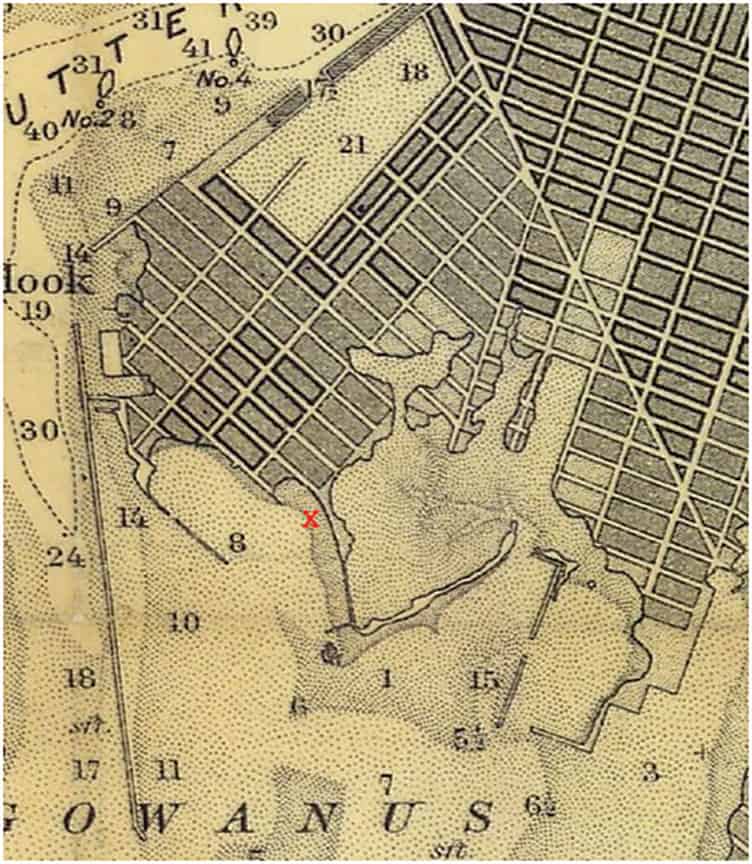
Mr. Kelly’s use of quotation marks proved useful, as a Google search of his verbatim description provided a map on file at the New York Public Library that employs almost identical language, basically differing only in its being made from original government surveys made in 1776, rather than being made in 1776 from original government surveys. The map itself was made in 1876 and is very likely that this is the map Kelly references in his published response (see map, top right).
Oddly enough, the map doesn’t show what Kelly describes at all, and actually much more closely resembles Bruhns’ description. Of course, that didn’t really matter, because Kelly had the map and Bruhns didn’t.
So why would a respected civic official, and no lesser a person than the Borough Historian lie about the Fort’s location and then try to cover it up? Why not just place the plaque in the right spot? At the time, the corner of Van Dyke and Conover had a few four-story walkups and a local watering hole. These may not have been entities willing or able to pay for a large bronze commemorative plaque.
Todd Shipyard motive?
So what could possibly have been the reason Mr. Kelly wanted the plaque to be placed at Dwight and Beard Streets? Could it be that the Todd Shipyards Corporation, who owned the building there and paid for the plaque, had something to do with it? Todd Shipyards was founded in 1916 and ran some of the largest dry docks in the world. Fitted out for iron shipbuilding and repair, they spent WWI and WWII building and repairing Navy vessels for the US military and developing other technologies for the government.
After a post-war lull in the late 1940s, the Korean Conflict brought Todd Shipyards a 5-year uptick in profits, netting them $2.61 million in 1952, the year the plaque was placed. If Todd Shipyards Corporation was the only party willing and able to pay for the plaque, and they were only willing to pay if it was placed on one of their properties, perhaps Kelly saw this as a compromise worth making in order to bring to light and commemorate the brave deeds of the soldiers of Fort Defiance, even if it meant ironically changing the historical record he was trying to preserve.
Details matter
We become a part of the history we preserve, just by recording it. It is important to remember that is it always worth preserving, and worth preserving correctly, because even if a detail seems insignificant or inconvenient to us at present, it is the very nature of our constantly changing world that the same detail may be crucial to future generations of historians, archaeologists and preservationists, not to mention engineers, geologists, architects, and city planners – or for that matter, the residents of the area themselves.
The plaque itself disappeared many years ago, but it’s legacy has remained in the false impression it left about the fort’s location. A new plaque was created in 2012 and placed in Valentino Park, much closer to the actual location of the fort it commemorates.
Author
Discover more from Red Hook Star-Revue
Subscribe to get the latest posts sent to your email.






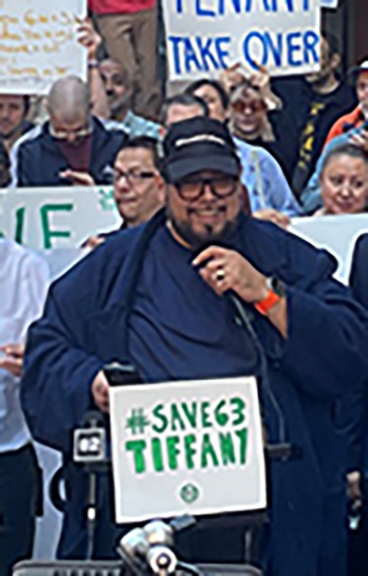
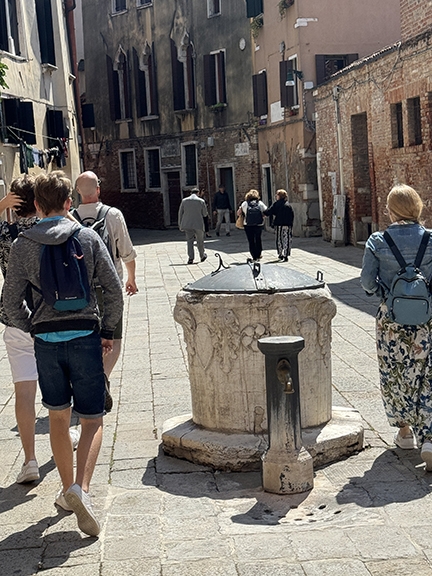

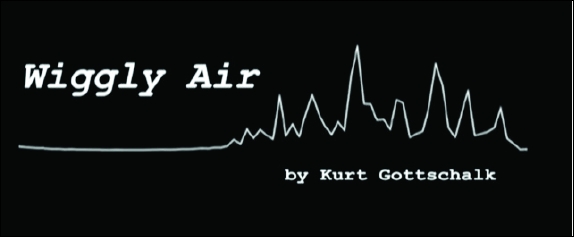
2 Comments
2 Cannon balls were found in the backyard of 165 Coffey St while digging a fish pond around 2006
And the Gowanus Fort Box, it’s location.
Styles indicates a spot just about at Sackett and Bond Street.
Maybe we need to place a few more plaques out and about.